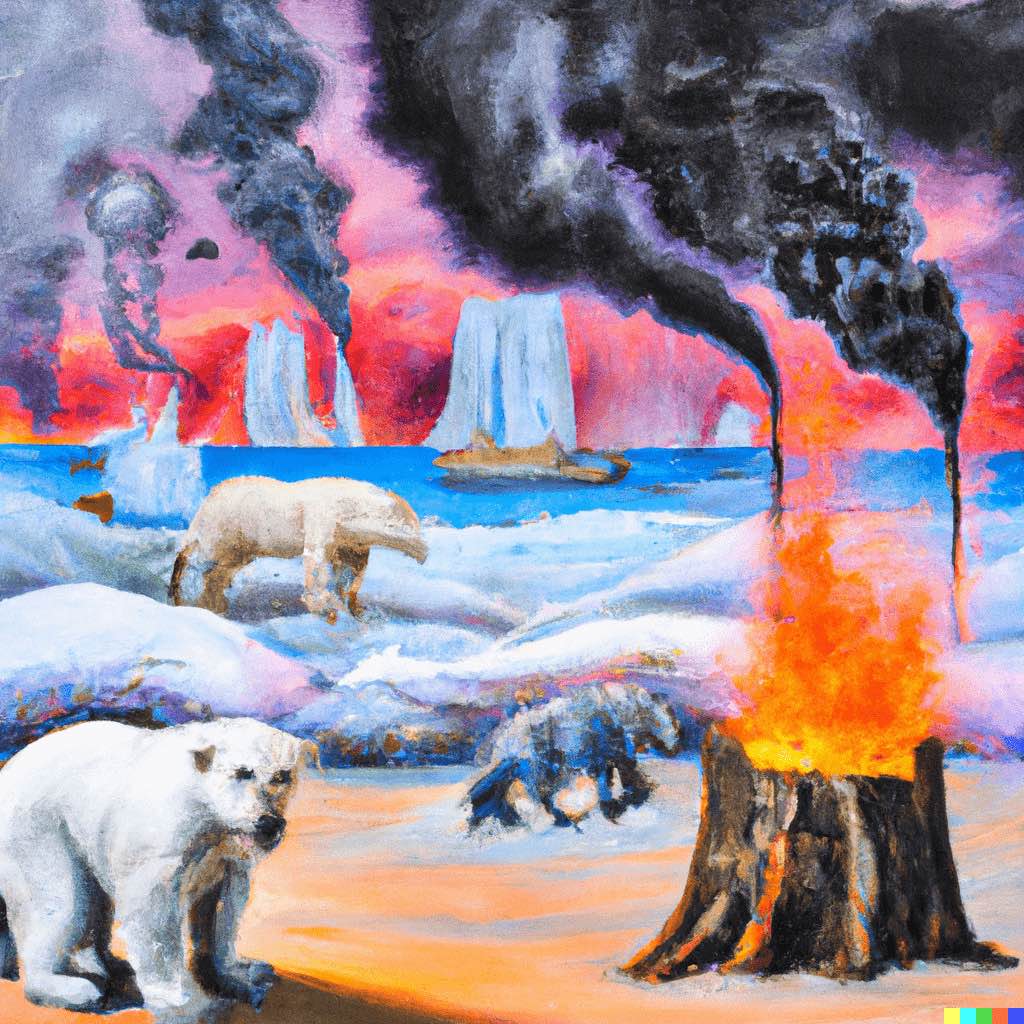
The Earth’s climate is changing irredeemably.
The planet’s average surface temperature has risen about 1.1 degrees Fahrenheit since the late 19th century, a change driven largely by increased carbon dioxide and other human–made emissions into the atmosphere. Most of the warming occurred in the past 35 years, with the five warmest years on record taking place since 2010. Not only is the globe getting warmer, important changes are happening to other Earth systems. Glaciers and ice sheets are melting, and sea ice, permafrost and snow cover are shrinking. Sea level is rising, and oceans are becoming more acidic. These and other environmental changes are now affecting human health, livelihoods, food security, water availability, human security and economic activity on a scale unprecedented in human history.
The Intergovernmental Panel on Climate Change’s (IPCC) Fifth Assessment Report, released in 2014, found that it is extremely likely – meaning a probability of at least 95 percent – that human influence has been the dominant cause of the observed warming since the mid–20th century.
A number of different lines of evidence support this conclusion. For one, the types of greenhouse gases emitted by human activity (such as carbon dioxide and methane) are well known to trap heat and cause the Earth to warm. In addition, the pattern of the warming is consistent with what one would expect if greenhouse gases were responsible.
For example, the atmosphere is warming fastest in the Arctic, where emissions are highest.
What can be done to stop climate change / global warming?
There is no one silver bullet that will solve the climate change problem. Instead, we need a suite of solutions that will work together to reduce greenhouse gas emissions and help us adapt to the changing climate. To start, we need to drastically reduce our reliance on fossil fuels and move to cleaner sources of energy such as solar, wind and geothermal. We also need to make our buildings and transportation systems more efficient and waste less food. In addition, we need to protect and restore our forests, which play an important role in absorbing carbon dioxide from the atmosphere. And we need to build resilience to the effects of climate change that are already underway, such as more extreme weather events and sea level rise. This will require a concerted effort from individuals, businesses, governments and other institutions.
But the good news is that there are already many examples of climate solutions that are working around the world. With the right policies in place, we can transition to a low–carbon economy and create a bright future for ourselves and the planet.

